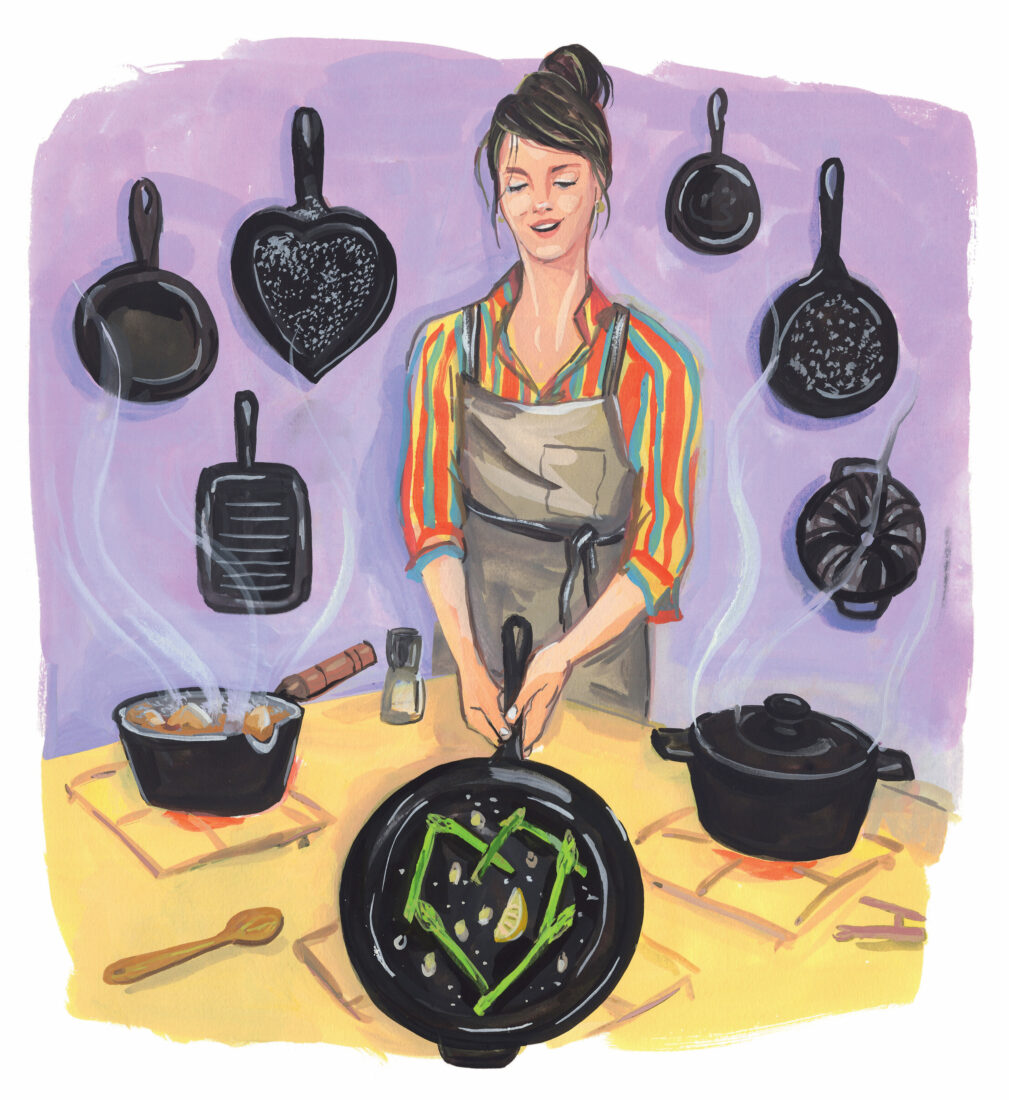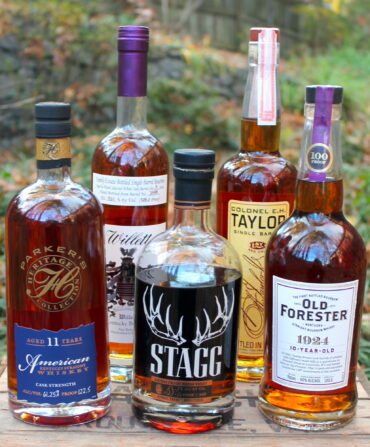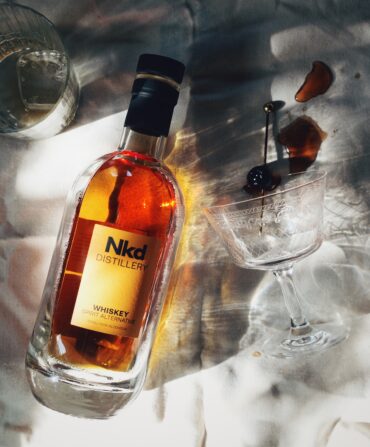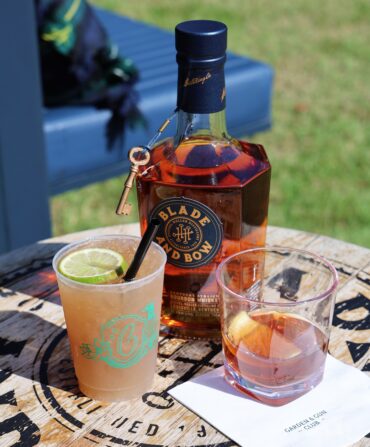China has its wok, France its sauteuse, India its tandoor, Argentina its parrilla—and we in the United States have our cast-iron skillet. Traditional European vessels that evolved here to suit the campfires of American settlers on their way west, cast-iron skillets, however, are more than a part of our history, particularly as Southerners. I believe they serve as a measuring stick for the way Americans feel about time spent in the kitchen.
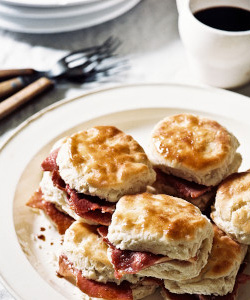
Even though I grew up in the rural South, that particular bastion of cast iron, my mother never cooked with it. I remember seeing a few black skillets shoved to the nether regions of the cabinet under our Frigidaire range, sticky and rusted. I assumed they must have been cheap pans that came with the stove.
I learned later that Mom and three generations of women who came before her had all learned to cook in kitchens that relied on cast-iron skillets for everything from cornbread to cobbler. These kitchens were utilitarian workplaces where women took the produce they grew in the spring and summer garden and transformed it into meals for their family to eat all year long. This was pragmatic, survival kind of stuff—not the fun “preserving party” fluff of TikTok. As the head of her household, my grandmother endured cooking as almost a full-time job, and the easy-to-clean, largely nonstick, heat-holding cast-iron skillet made that job easier.
By the seventies, though, Mom was so damn pleased that she didn’t have to peel, simmer, and can every tomato that came through the door that she gobbled up the new convenience culture like a runner recovering from a marathon. Why would she splatter her kitchen with grease to fry chicken when she could eat it in a restaurant? She wasn’t about to roll out biscuits. They sold them canned at the Piggly Wiggly. In fact, Mom didn’t want to turn on the stove at all. She preferred to cook dinner in the microwave. All that to say, for upwardly mobile American women of her generation, cast-iron skillets were not in style. They represented a chained-to-the-stove past of having to cook three meals a day for your family from scratch. Shake ’N Bake, Bisquick, and instant grits smelled like freedom. Clunky cast iron did not.
You may be wondering how someone who grew up in that kind of household came to consider these skillets touchstones of American culture. Just as I did the virtues of Duke’s mayonnaise, I learned of cast iron’s nuance and beauty well after I began to cook Southern food for a living.
It’s almost cliché now, but the first time I saw Sean Brock’s six-inch skillets of cornbread served at Husk in Charleston, South Carolina, I nearly gasped at the genius of it. My mom had made cornbread, but she baked it on the cookie sheet that came with the toaster oven. One could argue that she achieved similar results, but the toaster tray wasn’t much for presentation. And while I immediately bought twenty identical small cast irons to improve a baked grits dish I had formerly served in ramekins, I still didn’t see myself whipping out full-size versions of the heavy, flat-handled cookware at home for any practical reason—other than to suggest that I was indeed a Southern Chef. That is, until my friend Dag Zapatero introduced me to a different class of cast iron.
Dag is a dentist in Virginia Beach and a lover of all things fine: fine food, fine wine, fine hotels, and fine cookware. The son of Cuban immigrants, he might not exactly fit the stereotypical image of a cast-iron collector, but he is just that. And eight or so years ago, he gave me a vintage Erie skillet cast at the now defunct Griswold foundry in Pennsylvania. The piece was light and elegant in a way that the heavy, finesse-less skillets I had been trying my best to learn to love were not.
Dag explained that historic foundries like Griswold and Wagner followed a much more labor-intensive method to cast their pans. Machines accomplished part of it. Hands did the rest. While a safer process, modern machine-only casting can’t produce pans that are as thin and smooth. Griswold and other foundries like it eventually went out of business because of all that labor—and because people like my mom wanted Teflon and aluminum. Lodge, in Tennessee, survived because it converted its process to machines over the years, its pans are affordable, and it nimbly positioned itself as cookware for the campfire.
When I think about people like Dag who collect vintage cast iron, not because they need it to bake cornbread but because of the way it makes them feel; or when I look at newer Southern foundries like Smithey Ironware that are producing meticulously researched, carefully crafted cast-iron skillets of lighter weight and greater sophistication and charging up to $375 for them; or when I walk into the kitchen of a “grandmillennial” and see her grandmother’s skillet hanging on the wall, I see a shift in who we are as cooks—and certainly a shift in how we view a tool that, in many ways, represents a vestige of our nation’s past.
In fewer than a hundred years, the act of cooking at home has evolved from obligation to measured burden to a weird kind of luxury, and our relationship to the most American of cookware has progressed alongside it. If my grandmother was in an unfulfilling arranged marriage with her cast iron, and my mom found herself newly (and happily) divorced from it, I am in a long-simmering, rewarding polyamorous relationship with mine.
Every cast-iron skillet, other than my vintage Erie, still feels a little too heavy to employ for the weeknight sauté. Nevertheless, I own a Smithey cast iron in every size. And on the rare occasion I open the giant drawer beneath my stove to find it organized, my seasoned skillets nestled within one another like Russian dolls, I feel warm inside, like at least something in my life is complete. But truth be told, while those cast irons sit pristine in my drawer, my Smithey carbon-steel farmhouse skillets, which are a bit lighter and have an ergonomic curved handle, wait at attention for frequent use on the eyes of my stove.
Just because I prefer to use my carbon-steel pans more regularly, though, doesn’t mean they are more important. When I look at my cast iron, I don’t see only cookware but also the women who came before me and the cooks who will come after. I see family heirlooms that will last and impart significance no matter how they are used.
Because of that, when it’s time to give a meaningful gift, I generally opt for a cast-iron skillet. Whether you cook or not, every American—and certainly every Southerner—should have a place for one in his or her kitchen. And if you already own one, well, now you’ll have another to hand down.
Just don’t try to pack it in your carry-on. I’ve given enough of them now to know that the TSA doesn’t hold cast iron in its heart as I do. What I see as essential cookware, it considers a deadly weapon. And maybe we do agree there: Cast iron is so heavy that in the wrong hands, it can be dangerous.


